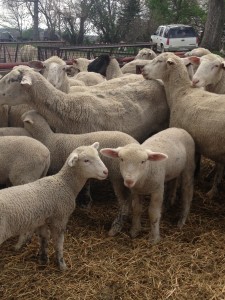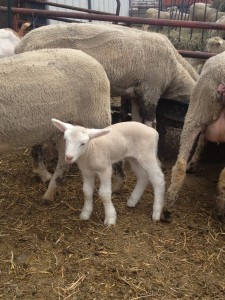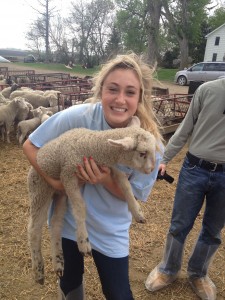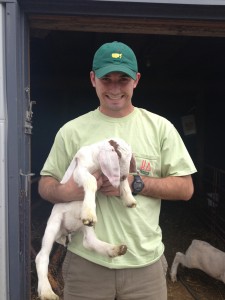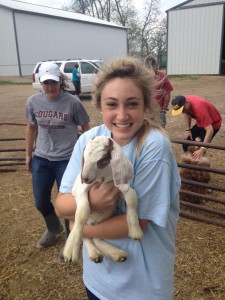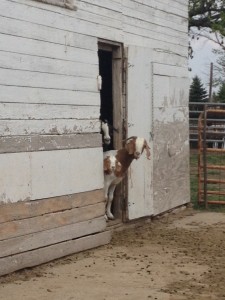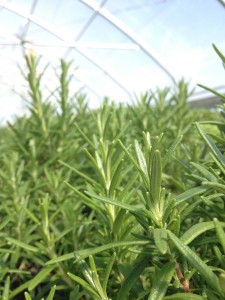Has it already been 21 days? I know everyone says this, but seriously where did the time go? After being woken up at 3:15am to catch my morning flight – you can imagine how happy I was – I hopped into the van for one last ride. This van covered nearly 3,000 miles since my arrival, and helped me form a more accurate representation of what farming in Iowa was like.
When I first arrived the thought of a gestation crate would have infuriated me. However, after visiting a hog barn that used gestation crates I do not understand why these crates provoked hostile feelings in me towards farmers. The assumptions I had made about this “twisted contraption” were wrong, but I only found out after viewing the crates for myself. While I do believe a person should listen to what an “expert” has to say on a subject, a person should only form an opinion after doing the research – or viewing in my case – for himself.
The uninformed citizen was often a theme in my blogs. The reason why was because that was me before May. Many people will laugh at me because I did not even know that Monsanto existed before May. Okay, I will give you a second to have a good chuckle. You done? Good. It actually took one of my friends from St. Louis – where Monsanto’s headquarters is located – to ask me if I would be visiting them. At the time I did not know the company to which she was referring and made up an answer to hide my naivete. However, people should not be embarrassed for being unaware of certain controversies; rather, they should become motivated to ask questions to learn more. As all 1st grade teachers would say: There are no dumb questions. Thanks to visiting farms from organic to GMO-based, I was able to grasp the positives and negatives of each type of farming. I also learned that there is no one-size-fits-all for farming, as diversity is not only needed, but essential, for farming to continue to grow and develop. While I hope everyone has enjoyed my blog posts, remember these are my opinions. Go out and develop your own view. The best way to do so is through interactive experiences like mine.

